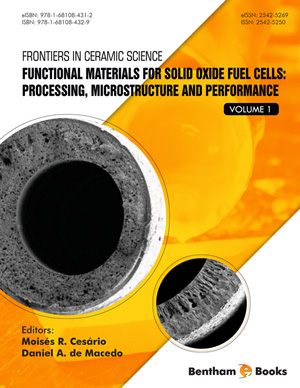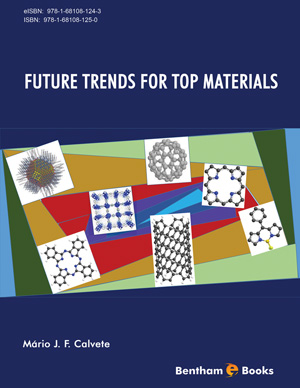Abstract
Do you know all the materials are made up of atoms? And there are different types of atoms named as elements? Have you ever wondered why an atom consists of electrons, protons, and neutrons? Do you know the number of electrons in the outer shell depicts the number of atoms present? Can you tell me why metals are ductile compared to hard and brittle ceramics? Why ductile iron becomes harder when we add a small amount of carbon? Why some materials act as conductors of heat and electric current and some are insulators [1]? To understand all these concepts one should learn the atomic structure, chemical bonding, structure of amorphous and crystalline materials. The present chapter describes all these concepts in a very simple way.
Keywords: Amorphous materials, BCC, Covalent bonding, Crystalline materials, FCC, Ionic bonding, Lattice points, Macrostructure, Metallic bonding, Microstructure, Nanostructure, Radius ratio, Unit cells, Van der Waals bonding.












